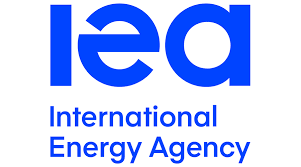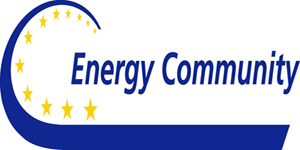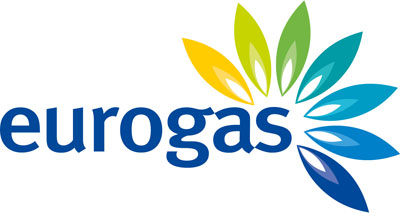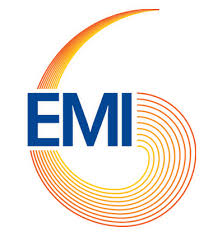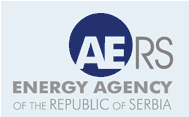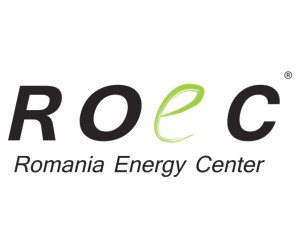IENE’s Executive Director, Mr. Costis Stambolis flew to Tel Aviv earlier this week when upon the invitation of Dr Amit Mor, CEO of ECO Energy and an IENE Associate, he participated in Israel’s annual Energy and Business Convention 2016. This convention which is organized by ECO Energy is Israel’s foremost and most established gathering for energy professionals and business focusing on policy and energy market issues.
In his
keynote address Costis Stambolis examined
the ‘Importance of East Mediterranean’s Hydrocarbon Resources: Export options
and Challenges’. Through a detailed power point presentation and commentary, IENE’s
Executive Director outlined East Med’s rising significance in terms of proven
and contingent gas reserves, which are now estimated at 3.0 tcm and 10.0 tcm
respectively and are more than double of those found in the Azeri sector of the
Caspian Sea. Exploitation of some gas fields in Israel and Egypt is already under way, but the great bulk of gas
reserves remains to be explored and exploited. Investments exceeding € 10.0 bn in further exploration and the construction of production
facilities are now being realised.
Although
sizeable gas quantities are already supplied or destined for domestic
consumption in Egypt, Israel and Cyprus it is anticipated that after 2020 East
Med gas volumes of up to 50-60 BCM’s per year will become available for export
until 2040/2050. At this stage, due to the complexity of the routes and
uncertainty over gas prices, which have been steadily falling over the last two
years, it is not yet clear where and how East Med gas will be best monetized for
exports. In his analysis Costis Stambolis presented and compared the six basic
options currently available which involve gas exports via pipeline (to Egypt to
Turkey and to Europe, via the East Med pipeline), and also through CNG and LNG,
to both regional and global markets.
Assessed export options for East Med gas
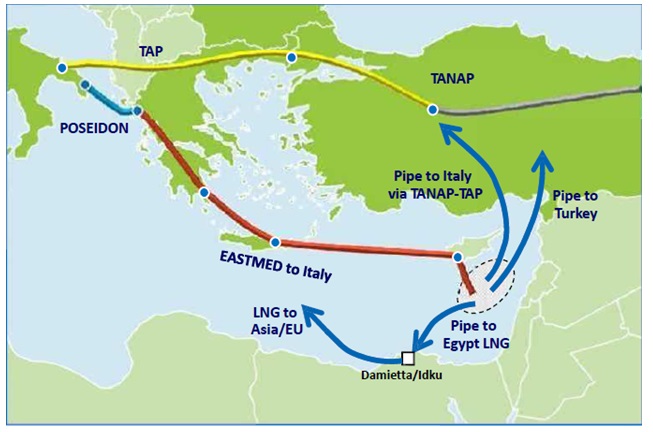
source of maps: DEPA SA.

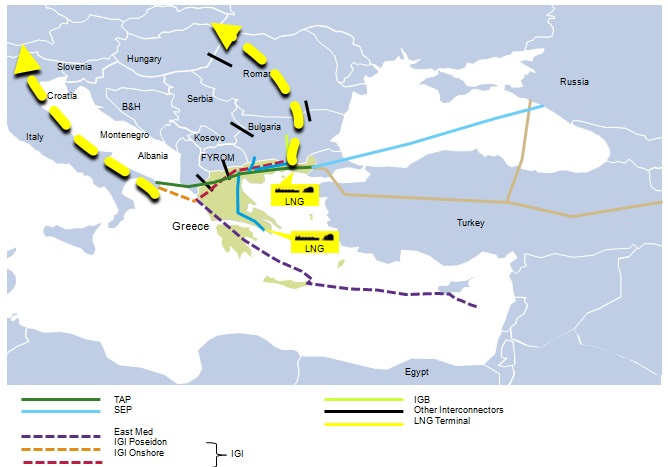 IENE’s Executive Director, Mr. Costis Stambolis flew to Tel Aviv earlier this week when upon the invitation of Dr Amit Mor, CEO of ECO Energy and an IENE Associate, participated in Israel’s annual Energy and Business Convention 2016. This convention which is organized by ECO Energy is Israel’s foremost and most established gathering for energy professionals and business focusing on policy and energy market issues
IENE’s Executive Director, Mr. Costis Stambolis flew to Tel Aviv earlier this week when upon the invitation of Dr Amit Mor, CEO of ECO Energy and an IENE Associate, participated in Israel’s annual Energy and Business Convention 2016. This convention which is organized by ECO Energy is Israel’s foremost and most established gathering for energy professionals and business focusing on policy and energy market issues
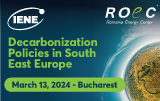

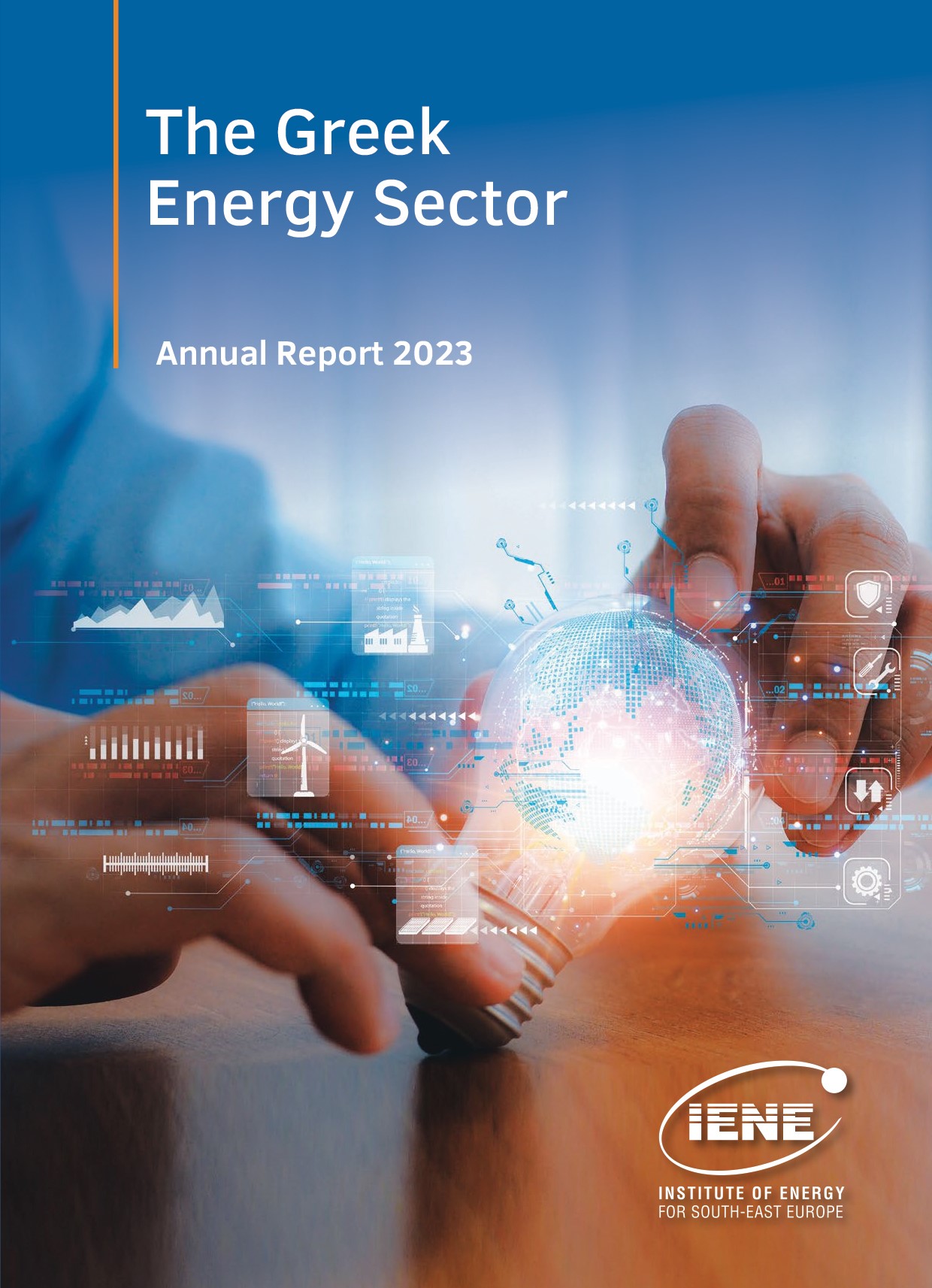
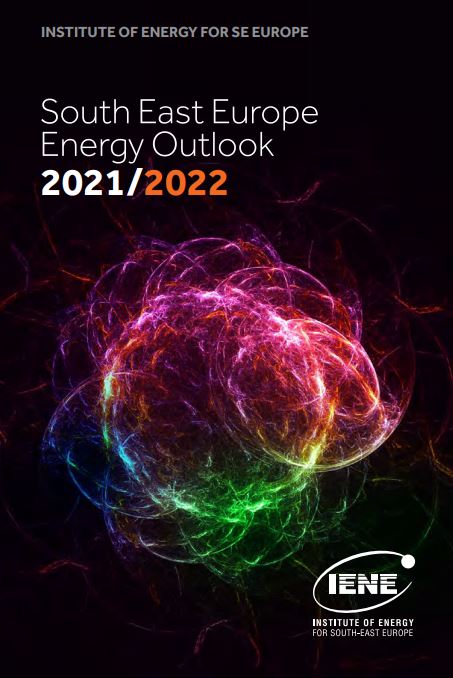
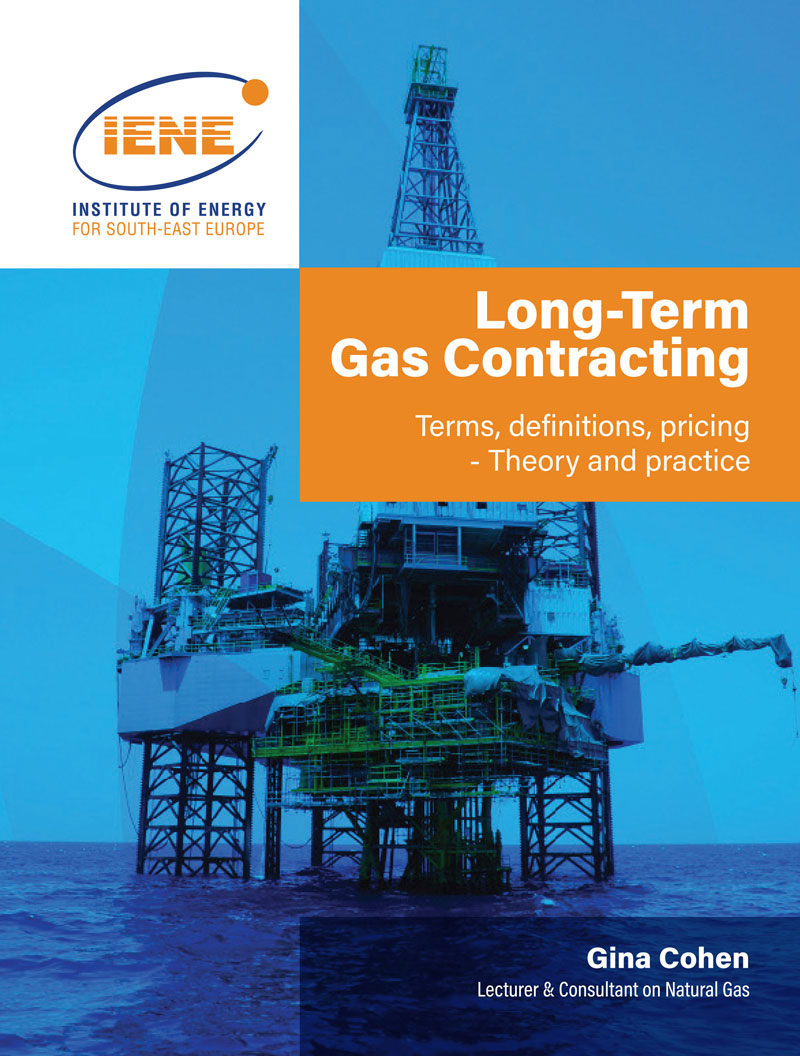 More
More
